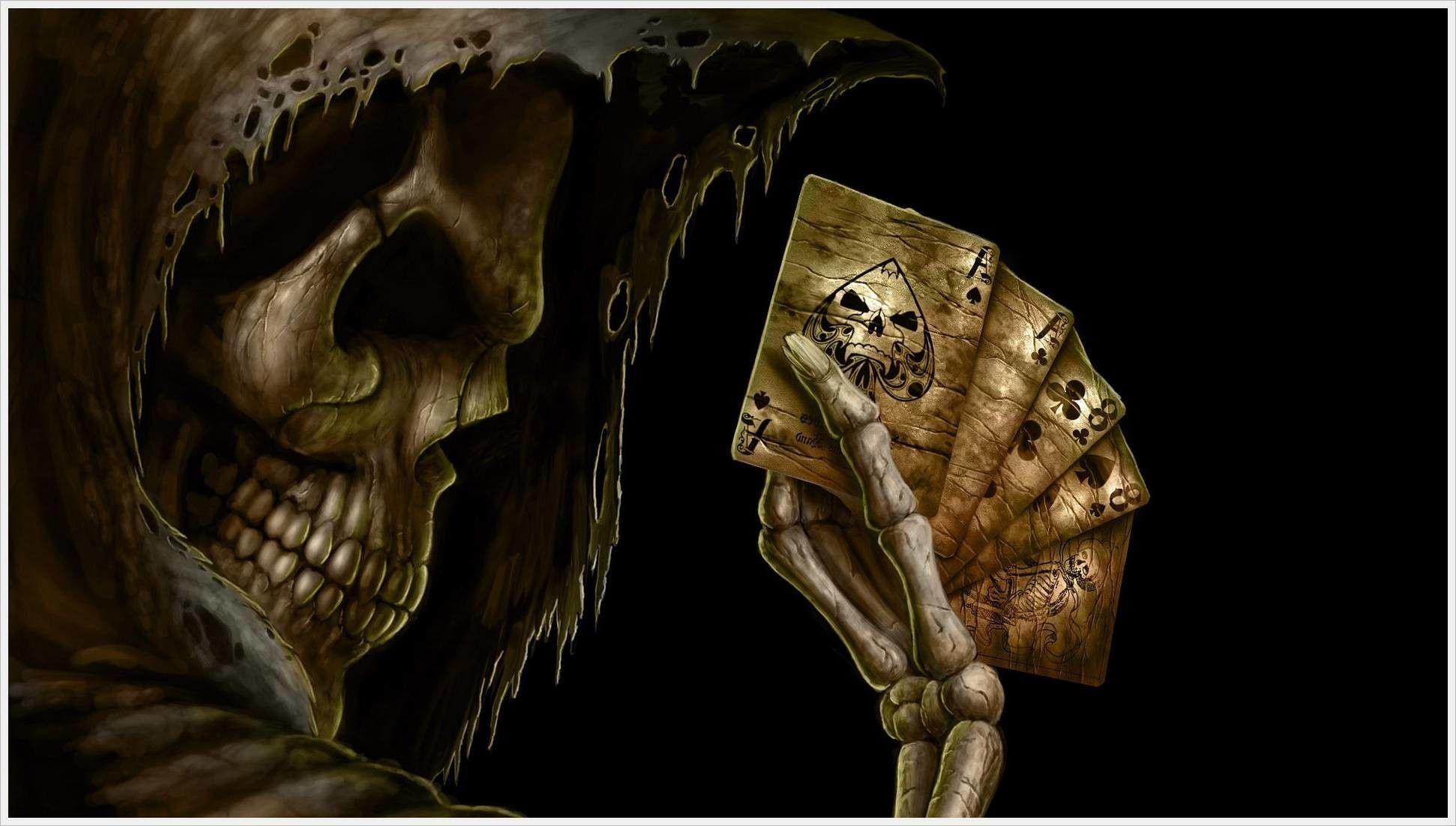


The 22nd bone is the mandible (lower jaw), which is the only moveable bone of the skull. In the adult, the skull consists of 22 individual bones, 21 of which are immobile and united into a single unit. The rounded cranium surrounds and protects the brain and houses the middle and inner ear structures. The facial bones underlie the facial structures, form the nasal cavity, enclose the eyeballs, and support the teeth of the upper and lower jaws. It is subdivided into the facial bones and the cranium, or cranial vault ( Figure 7.3.1). The skull is the skeletal structure of the head that supports the face and protects the brain. Identify the bony openings of the skull.Identify the bones and structures that form the nasal septum and nasal conchae, and locate the hyoid bone.Name the bones that make up the walls of the orbit and identify the openings associated with the orbit.Define the paranasal sinuses and identify the location of each.Locate the major suture lines of the skull and name the articulating bones that form them.List and identify the bones of the cranium and facial skull and identify their important features.Learning tip : To get the best from the quizzes start at Quiz 1 for each section, repeat it until you're getting it all correct, then move on to the next quiz.By the end of this section, you will be able to:

You'll also get an overall score the end of each quiz. If you get a question right the next one will appear automatically, but if you get it wrong the correct answer is given. The atlas, the axis, the cervical vertebrae, the thoracic vertebrae, the lumbar vertebrae, the sacrum, the coccyx (4 fused coccygeal vertebrae), the frontal bone, the parietal bone, the temporal bone, the occipital bone, the zygomatic bone, the nasal bone, the sphenoid bone, the ethmoid bone, the lacrimal bone, the supraorbital foramen, the infraorbital foramen, the vomer, the mental foramen, the mandible, the maxilla, the thoracic cage, the manubrium, the sternum and the xiphoid process. The quizzes below each include 15 multiple-choice identification questions related to the axial skeleton, and includes the following :


 0 kommentar(er)
0 kommentar(er)
